4 Analyze Your Content, Customers, and Context
Understand your current situation so you can plan the right change.
CHANGE BRINGS OPPORTUNITIES. ON THE OTHER HAND, CHANGE CAN BE CONFUSING.
—Michael Porter
YOU CAN’T STOP THE CHANGE, ANY MORE THAN YOU CAN STOP THE SUNS FROM SETTING.
—Shmi Skywalker
In Chapter 3, we walked through envisioning your content future. Now, let’s consider why and how to assess your content present.
Why Analyze the Current State
Never advise or decide on a content strategy without assessing the current state. Sometimes, companies question whether the assessment is necessary, especially if they are eager to make a big change or do not have much existing content. You might question the need for such analysis or, if you’re already convinced, face the question yourself. So I’m sharing a few reasons why your organization needs to conduct this analysis.
Prevent Your Content Strategy From Failing
If I had to pick the top reason businesses fail at content, I’d say it’s because they don’t have an accurate understanding of their content situation to inform their strategy. Such organizations build their strategy on a house of cards that, sooner or later, collapses. For example, I once worked with an online retailer that reached out after they tried to do thought leadership content, or content to advise and guide potential and existing customers, but did not get results. The company assumed that because they knew how to develop great sales content, they could also develop great thought leadership content. In our analysis, we discovered that customers felt the thought leadership content was too pushy and focused on sales. The retailer could have avoided this misstep—which involved revamping hundreds of content assets—by analyzing the situation first.
Businesses often suffer from delusions of content grandeur or delusions of content failure—or perhaps both, if content stakeholders have different and conflicting perspectives. These delusions can lead to a content strategy that fails.
Delusions of Content Grandeur
Companies, or teams within a company, sometimes see the existing content through rose-colored glasses, thinking it’s much more important or impactful than it is. For example, you would be amazed at how attached companies can become to mediocre corporate blogs. Inertia also comes into play here; people prefer to maintain the status quo rather than make a change, so they cling to any reason to do so.
A related delusion I encounter is about content capacity. Company executives repeatedly overestimate their ability to sustain a sophisticated content strategy over time without making changes to content operations, such as hiring the right people or improving processes. (Last I checked, content is still not created and delivered by the content fairy!) And content teams are feeling the pain of this delusion. In Content Science’s 2017 study of content operations, 53 percent of participants (content team leaders and members) reported that they did not know the budget for content. How can a company plan realistically for a new approach to content without knowing the existing budget and planning how it will change?1
Although an extreme delusion of content grandeur can lead to misguided content decisions, a slight delusion can be helpful. Research shows that one key to a successful long-term marriage is being slightly deluded about how amazing your spouse is.2 (My spouse must be deluded to stick with me for 20 years, which I’ll be the first to say I do not deserve.) The slight but not extreme misperception helps us gloss over minor shortcomings and do the work to stay connected through hardships. In a similar way, if a business has an affinity for some existing content, that business is more likely to care about maintaining and improving it over time.
Sometimes, businesses suffer from the opposite delusion: failure.
Delusions of Content Failure
Occasionally, I come across an organization, or a team within it, that thinks the content situation is much worse than it is. The organization wants to scrap everything and start over. But usually there are strengths and lessons to learn even from content that seems underperforming. For example, in the case of the online retailer I mentioned earlier, we found that the topics covered by the thought leadership actually were the right topics—topics that interested customers and were not covered well by competitors. So the strategy focused on adjusting the tone and substance of the thought leadership, not on starting over from scratch.
Nothing corrects these delusions other than sound analysis of the content situation. I have never seen a content situation that is 100 percent “good” or 100 percent “bad.” You will likely see a mix of expected and unexpected strengths and weaknesses.
Align Your Team and Stakeholders Before Change
Whether or not your company is under a delusion, you will be much more likely to unify your content team and stakeholders by starting your content efforts with analysis. Involving your stakeholders in the analysis process and sharing the results gives everyone a common understanding of the current state. When your stakeholders agree on the current state, it will be much easier to engage them to support change later.
Set a “Before” Benchmark
Few things persuade people more than a clear comparison of before and after. The evidence is indisputable. The analysis of your current state can give you a number of “before” benchmarks—such as content effectiveness, content operations maturity level, or even the number of content assets—that set the stage for a compelling before and after story. As an example, Scott Rosenberg began a content consolidation effort at Intel in 2015 by documenting the proliferation of content assets, including
12,500 Intel.com web pages
715 microsites
38 mobile apps
This benchmark enabled Rosenberg to document and communicate progress effectively, such as showing the consolidation of 1500 web pages in less than a year.3 That progress helped him sustain momentum for change at a complex enterprise.
Uncover Details for Realistic Implementation Plans and Estimates
When you conduct a thorough analysis, you document items that will not only inform content strategy but also aid in planning the implementation and execution. For example, I find that content assets are a lot like the mogwai in the movie Gremlins. If you break the rules about caring for mogwai, they multiply and go rogue. In a similar way, when organizations don’t have a strategy and good practices for creating and managing content assets, the content proliferates uncontrollably. Consequently, most organizations have significantly more content than they think they do.
Simply understanding what content you have and its key characteristics, such as its format, goes a long way toward making more accurate estimates for activities such as migrating content into a new platform. There’s a meaningful difference between migrating 50,000 assets and 150,000 assets, for instance.
As another example, understanding the quality level of your current content helps you plan to what extent the content needs to change and, consequently, the level of effort needed to change it. There’s a meaningful difference in effort between changing the value proposition explained in a product and replacing a product name with the most current name.
Begin a System of Ongoing Content Intelligence so you Don’t Have to do Most of this Again
If you’re smart about your content analysis approach, then you can use your methodology and data sources to start setting up a system of content intelligence. I explain content intelligence in depth in Section IV, “Prudence: Develop Content Intelligence.” My point is that conducting content analysis in many companies involves a significant amount of money as well as setup work and grunt work—especially if content analysis has not been done recently or ever. That work can give you repeatable value in a system of content intelligence. The next time you want an insight about your content, it should take a few hours or days, not weeks.
I hope by now you’re convinced why content analysis is important. Now, let’s look at how to do it.
How to Analyze the Current State
When analyzing your current content situation, focus on the three C’s: content, customers (or users), and context (Figure 4.1).
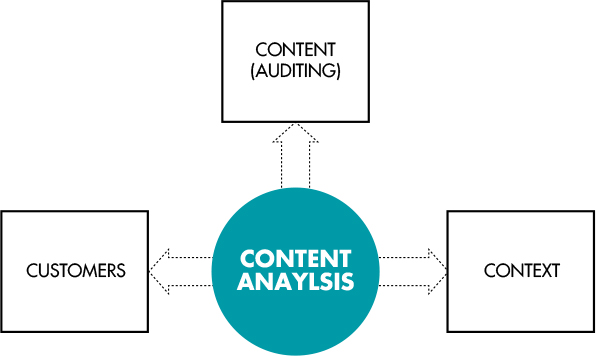
Figure 4.1: Analyze your content, customers, and context.
Some people might tell you that a content analysis or audit can take only a few hours4, especially when they’re offering to do it for you. Some people might tell you they have some great swampland in Florida to sell you too. Don’t fall for it! I have conducted or overseen hundreds of content analysis efforts. If you have not analyzed your content, customers, or context recently, then expect the effort to take one to three weeks, at least. For large and enterprise companies, expect at least four weeks.
Now that you have a realistic sense of the time involved in this analysis, let’s walk through some common ways to analyze each area so you can develop your analysis approach.
Content Audit
As you might guess, a content audit is a close look at your existing content. You also might include source material, such as books, brochures, or other material that could be a useful starting point for content on your website and other touchpoints. The content audit starts with a content inventory.
Inventory
The inventory assembles a list and description of the content assets—pages, images, documents, videos, components, and more—that compose your website or digital experiences. You might be able to simply export the inventory from your content management system. More often, especially when you’re dealing with large sites or digital experiences, you will need to assemble the inventory from a combination of the following:
A spidering tool such as CAT (Content Analysis Tool) or ScreamingFrog
A report from the content management system, digital asset management system, or technology platform
A report from the analytics tool, such as Google Analytics
Manual review
You can assemble the inventory in a spreadsheet and track key characteristics of the content, including but not limited to
Format (such as image or video) or type (such as article or report)
Topic covered
Size
Length, such as character counts
Metadata, such as titles and tags, currently associated with the assets
Simply completing this inventory is a valuable exercise for most companies to understand the scope and characteristics of their content. Also consider developing a report or dashboard that summarizes your insights (Figure 4.2).
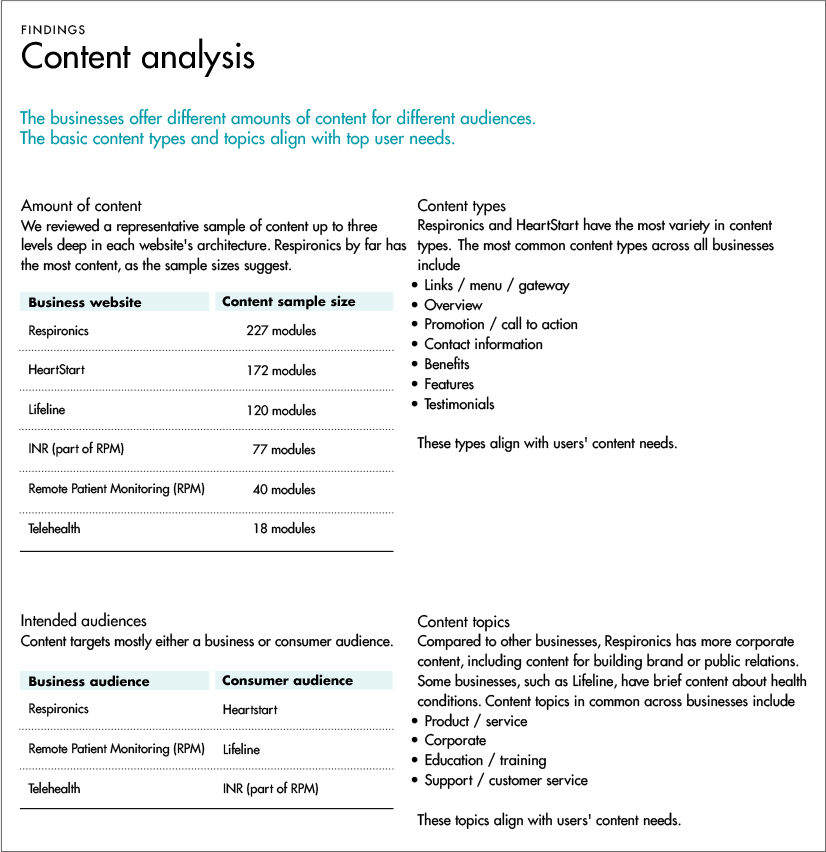
Figure 4.2: A sample summary of insights from a content inventory
Once you have an inventory together, you can audit the content quantitatively and qualitatively.
Quantitative Audit: Content Performance
The most useful quantitative audit, in my experience, is a performance audit. If you’re not comfortable with numbers or complex analyses, I recommend having an experienced content or web analyst help you with this audit. To understand performance of the content, assemble analytics into your content inventory. I highlight a few examples in Table 4.1.
Table 4.1 Content Inventory Analytics
CONTENT PURPOSE OR TYPE |
SAMPLE CONTENT PERFORMANCE DATA |
|---|---|
Content Marketing Hub/Blog/Magazine |
|
Sales Content |
|
Support Content |
|
Content/Media Product |
|
Common sources of this quantitative data are your analytics tool, your content management system, and your social media management tool. (In Section IV, you will find more details about data sources that can give you insight into content performance.) After you have the data assembled, you can sort and filter results to determine which content performs well and which doesn’t.
In my experience, the results often validate the Pareto principle, or the 80/20 rule. Usually, 20 to 40 percent of the content drives 60 to 80 percent of the performance. At Content Science, we like to work with an organization to identify a threshold of acceptable performance and use that to identify content to consider deleting or retiring. We can also calculate the predicted impact of deleting or retiring that content on performance factors, such as the amount of traffic.
By the end of a performance audit, you will likely have a rather complex spreadsheet that is incredibly useful but not something many stakeholders and executives will review in detail. (Over the past five years, I have encountered more executives who do like seeing these nitty-gritty numbers, so I see this trend changing over the next five years as more companies become data-driven. And you’ll be ahead of the trend.) So consider developing a report or dashboard summarizing the audit insights. In Figure 4.3, you can see that a small percentage of the content is driving the performance, revealing a number of opportunities to streamline the content.
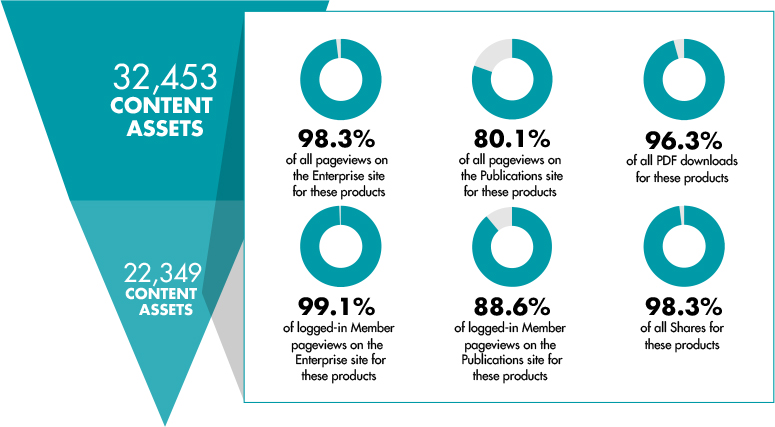
Figure 4.3: A sample summary of insights from a performance audit
A quantitative inventory and performance audit can give you valuable insight into what content you have and how it’s performing. A qualitative audit can complement those insights with more nuances. Let’s walk through two useful approaches.
Qualitative Audit: Content Quality
Reviewing the content quality can help shed light on why content performs as it does, how customers perceive it, and whether it meets your company’s standards for user experience, brand, accessibility, compliance, and more. The process is straightforward.
Select a content sample.
Choose your review criteria.
Review the sample or have a content expert review it.
If needed, identify areas for additional review.
Summarize and share insights.
Select a Sample
Consuming content parallels consuming food, in many ways. Miguel Cervantes wrote in Don Quixote, “The proof of the pudding is in the eating. By a small sample we may judge of the whole piece.” In the same spirit, if you’re dealing with a large set of content, you can gain a tremendous amount of insight about the set by reviewing a sample. Select a representative sample to review. I recommend a 20 percent sample that cuts across common examples and critical examples (such as content that supports sales for a priority product or service). This sampling rationale is not only intuitive but also grounded in science—specifically, qualitative research methodology.5
Furthermore, your quantitative performance audit can inform your sampling choices. For example, you might want to investigate extremely high-performing content to identify potential reasons for its success. You also might want to review extremely low-performing content to understand its potential for improvement or to confirm that it should be deleted or archived.
Choose Review Criteria
The review criteria can be flexible and focus on what is important to you. You can keep it very simple and focus on flagging what content to keep as is, keep and edit, or delete/archive. Or you can add more detail to get more insight. For example, having your content reflect your brand might be critical to your marketing and customer experience strategy. So you might add brand to your criteria and flag which content reflects your brand voice and which does not.
To help you choose your criteria, you also can get a free content quality checklist at the magazine Content Science Review: https://review.content-science.com/content-quality-checklist/. This list covers a range of potential criteria to focus on.
Review the Sample and Share Insights
There is nothing quite like a person with content experience taking a close look at the content and putting together observations. A content expert, such as a content strategist, content marketer, or content designer, will see what best practices are applied or missing much more quickly than anyone else.
While the notes for the audit might take form in a spreadsheet, it’s also important to summarize and share them. Figure 4.4, for example, shows the top opportunities identified from a qualitative audit.
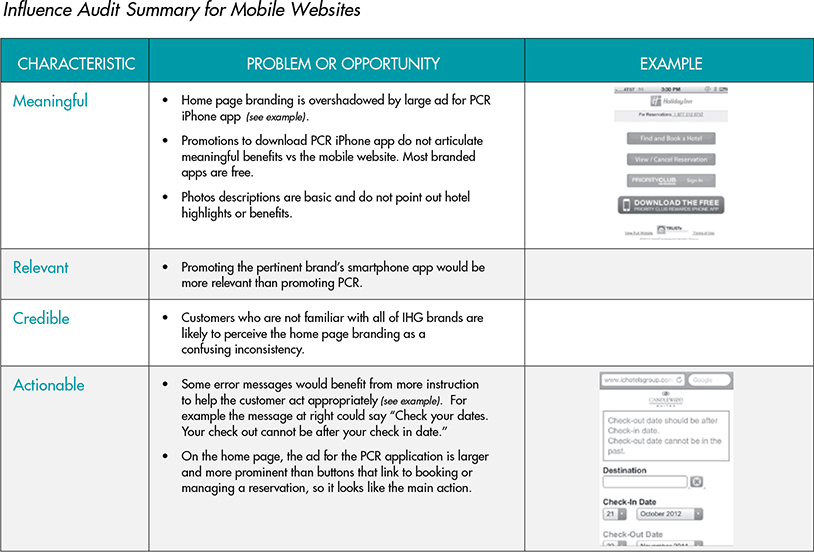
Figure 4.4: A sample summary of insights from a qualitative content audit
Qualitative Audit: Content Automation Potential
As companies face intense pressure to deliver the right content to the right people at the right time 24/7, the smart companies are looking for opportunities to automate content operations. (I explain this trend more in Section V, “Power to Scale: Mature Content Operations.”) So for large companies and organizations, I highly recommend reviewing content for opportunities to automate its creation, delivery, or maintenance.
I once oversaw a comprehensive content analysis for a large financial services company. In the course of the audit, we noticed that content describing the products and services was slightly different in different channels/touchpoints, such as the customer website, the advisor website, the whitepapers, the downloadable brochures, and so on. One down side to this situation is that each time the product description changes, it has to be updated manually in all of those channels and touchpoints. Not exactly an efficient process. We pointed out the opportunity to automate the delivery and maintenance of these descriptions. If the financial services company created a single source of those descriptions, those descriptions could be automatically delivered and updated to the channels/touchpoints.
As with reviewing content for quality, reviewing content for automation potential is faster and more accurate when an expert, such as a content strategist or a content engineer, does it. Such experts look for content that
Is similar but delivered in different places (such as the product and service descriptions just mentioned), which might be an opportunity to consolidate into one version that is reused
Would benefit from being personalized or being delivered in a personalized way, not unlike Netflix’s personalized delivery of content or Amazon’s personalized recommendations
Could be created or edited dynamically, such as creating teasers describing an article from the article title and metadata
I’m only scratching the surface.
Analyzing your content well involves creating an inventory and then assessing the content quantitatively and qualitatively. The insights you gain will take you far in forming your content plans, but that’s not all you need. Let’s turn to analyzing your customer needs and perceptions.
Customer Needs and Perceptions
As we discussed in Chapter 2, your customers (or users or audiences) have needs that they expect your content to address. Your customers also have perceptions about your company, brand, or offerings and your content. Understanding your customers’ perspectives will help you
Further understand why content is performing as it does
Gain ideas for improving the content to consider in your strategy
Let’s walk through three ways to better understand your customers’ needs and perceptions related to content.
Updating Customer Journey Maps and Personas
If your company does not already have customer journeys or personas based on solid research, you need them. If you need to create them, I highly recommend these books to help you:
Mapping Experiences: A Complete Guide to Creating Value through Journeys, Blueprints, and Diagrams, by James Kalbach
Jobs to Be Done, by Stephen Wunker, Jessica Wattman, and David Farber
Letting Go of the Words: Writing Web Content That Works, by Janice (Ginny) Redish
Ideally, you will have a customer journey map for each main persona, or customer type. The map in Figure 4.5 covers the journey for student athletes, an important type of customer for the Rack Athletic Performance Center in Atlanta, Georgia.
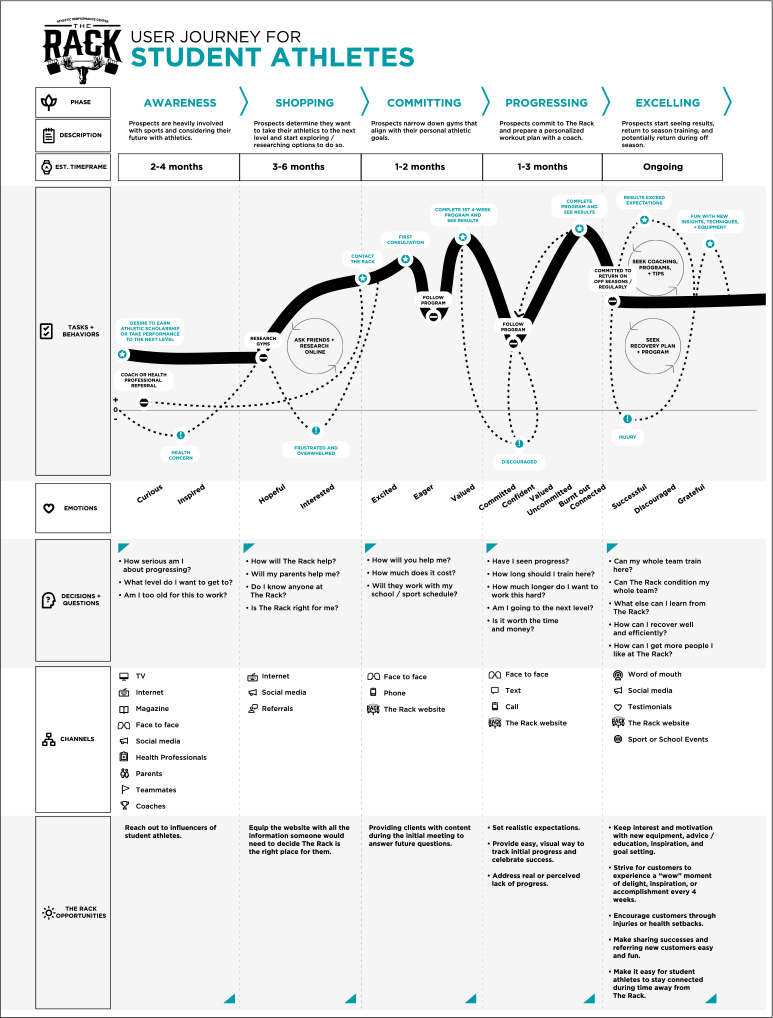
Figure 4.5: Example customer journey map
To ensure that your customer journey map is useful for content planning, follow these tips to update or enhance them:
Go beyond customer tasks; add user questions and decisions.
In the digital world, there is an obsession with customer behavior. Marketers want users to convert. Designers want users to successfully achieve their goals. So it’s no surprise that a task (behavior) flow has become a foundation of customer journeys.
I don’t disagree that behavior is important. But I disagree that behavior is everything. Before, during, and after someone takes an action, they have thoughts and make decisions. That’s an incredible opportunity for content to guide and influence users.
So how do you capture more than behavior in a user journey? Include key questions customers are trying to answer and key decisions they are trying to make. For example, the customer journey for student athletes I shared earlier includes questions such as “Will the Rack work with my schedule? How?” The questions your customers ask will likely be different, and capturing them will help ensure that the content addresses them.
Build on emotional highs and lows with specific user emotions.
Customers are people, so they experience emotions during their journey. Most commonly, customer journeys represent these as highs and lows, peaks and valleys. That’s certainly important. But to be useful for content, user journeys need more specifics about emotion. This addition can be as simple as a brief list in each phase of the journey.
How does this detail help content? By providing clues to appropriate topics, priority, and tone. Imagine you’re preparing for a trip from the United States to China and searching online for the vaccinations you need. You find that Centers for Disease Control and Prevention (CDC) suggests a long list of potential vaccinations. You instantly feel anxiety because you’re not fond of shots or lengthy visits to the clinic. Now imagine the ways content from CDC could address this anxiety. For example, explore other formats besides a ponderous list and clarify that most travelers to the region need only one or two shots unless they are visiting a rural area or farm. I’m only scratching the surface, of course.
The emotions your customers experience will be different from this travel health example, but the opportunity to let emotions spark ideas for content in each phase of the journey is the same. You will not be able to make the most of that opportunity without identifying specific emotions in your user’ journeys.
Track multiple channels or touchpoints for the journey.
In our fragmented digital world, our users and customers interact with us through more than the website. If your user journeys ignore this fact, they will have limited usefulness for content and might even cause confusion. The spinning studio Burn, as I described in Chapter 2, uses touchpoints ranging from the website to kiosks to digital signage to emails.
When you know the channels your users prefer or could use in each stage, you can identify more easily opportunities to
Reuse content across channels.
Optimize content for priority channels.
Distribute content more effectively in each journey stage.
Let’s consider an example. A media company focused on the US automobile industry decided it wanted to better support the customer journey for buying vehicles. The company identified the earliest stage as Dream and reviewed its own user research as well as current trends for how millennials in the United States become inspired about vehicles. The company realized that visually oriented social media channels such as Pinterest and Instagram were crucial to supporting the Dream stage. With that clear awareness, the media company could flesh out the content strategy and social media strategy for that stage.
Don’t leave your customer journeys open to the risk of being pretty but impractical. Use these tips to make them useful for content planning.
Content Mapping
When you have a solid understanding of your customers’ journeys and the existing content (or source material), you can map your existing content to those journeys. This process will help you see
Where your existing content meets customer needs or could meet those needs with minor changes
Gaps between customer needs and your existing content
Overlaps or redundancies in your content, such as having too much content to address one customer need or touchpoint
You can do this mapping yourself, as an individual. Or you can turn it into a group activity with your team or stakeholders. When you make content mapping a group activity, you engage the group early in understanding the current state of your content. Instead of reporting to them, you involve them in the process of discovering the current state, which can be much more compelling than a report.
If you decide to make content mapping a group activity, I suggest take the following steps:
Print a list of the content. If you have a lot of content, you can group it into categories (such as troubleshooting articles), or conduct a series of group activities until you have included all of the content.
Set up a whiteboard or easel pad with the major stages of the customer journey.
Provide group participants with a copy of the content list, sticky notes, and markers.
Have participants work together to write an item from the list on a sticky note, and then place it on the whiteboard or easel pad. If you have many participants, you can have them work in groups of three or four. (See Figure 4.6.)
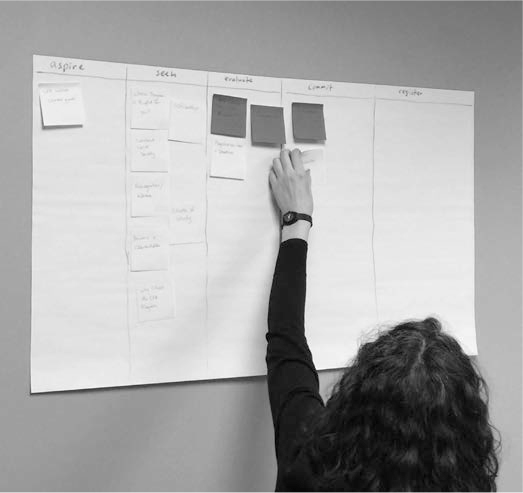
Figure 4.6: A group collaborates to map content to a customer journey.
After participants finish mapping the content, lead a discussion about the gaps, overlaps, and the content that does not seem to fit at all.
Assessing Content Effectiveness
An analysis area that I’ve developed with the Content Science team is content effectiveness, or how effectively your customers perceive the content. I am enthusiastic about how this analysis sheds more light on why and how content performs as it does with your customers. We developed this assessment out of our studies of content credibility and trust, where we focused heavily on how people perceive content.
Why do I care so much about customers’ perceptions of content? Because, to paraphrase the adage, your customers’ perceptions are your reality. Your customers’ perceptions, colored by their beliefs, emotions, education, and more, drive their behavior. You cannot change their behavior, such as persuading them to use your self-service content, without managing or influencing their perceptions. Your biggest opportunity to do so is content.
In our research, we identified six elements of content effectiveness (Table 4.2), and these elements have held up over the course of collecting data from more than 150,000 people.
Table 4.2 The Six Elements of Content Effectiveness
CATEGORY |
QUESTION |
|---|---|
Discoverability/Findability |
Does the content seem easy to find? |
Polish |
Does the content format and style seem to be high quality? |
Accuracy |
Does the content seem correct and up to date? |
Usefulness |
Does the content seem useful or helpful? |
Relevance/Meaning |
Does the content seem relevant and meaningful? |
Influence/Persuasion |
Does the content aid in completing a goal or making a decision? |
The Content Science team developed a tool called ContentWRX to help automate this assessment, from collecting data to creating a content effectiveness score. You can also conduct this assessment by assembling and reviewing the following types of data:
Voice of customer data: Mentions of content in survey or poll responses; comments on your content; email and chat inquiries; phone call inquiries
Social listening: Mentions of content in social media and online forums
Microanalytics: Understanding where people linger, click, save, copy, and more to help explain their reactions to content (Figure 4.7)
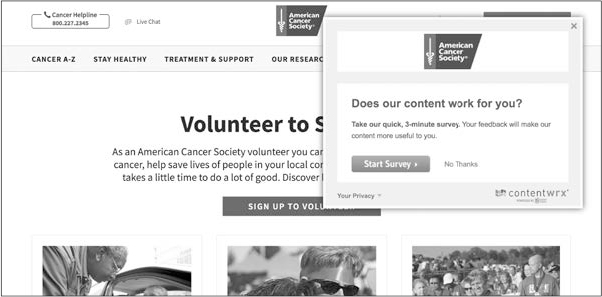
Figure 4.7: National Cancer Institute assesses the effectiveness of content on cancer.gov.
Understanding your customers’ needs and perspective will complement your content analysis. You also will benefit from considering the context surrounding your content and customers.
Context
As a retired US Army general and the former Chairman of the Joint Chiefs of Staff, Martin Dempsey is no stranger to developing and executing strategy. He once observed, “Strategy is, at some level, the ability to predict what’s going to happen, but it’s also about understanding the context in which it is being formulated.” I could not agree more. Let’s turn to four contextual factors that will be important to consider in your content strategy.
Content Maturity
This area focuses on what happens “behind the scenes” with your content. After encountering company after company with unrealistic expectations of their content capacity, the Content Science team and I developed a set of content maturity models. I’m sharing our simplest and most widely applicable model in Figure 4.8.

Figure 4.8: A sample content maturity model
If you find that your company is at a low level of maturity, take heart in the fact you’re not alone. In the Content Operations and Leadership Study, 70.9% of participants reported being at the lower scaling level. It’s not too late to catch up or get ahead.
Assessing content maturity is another opportunity to involve your team or stakeholders. You can conduct a survey or a workshop activity that asks your stakeholders about their impressions of the current approach to content operations (Figure 4.9).
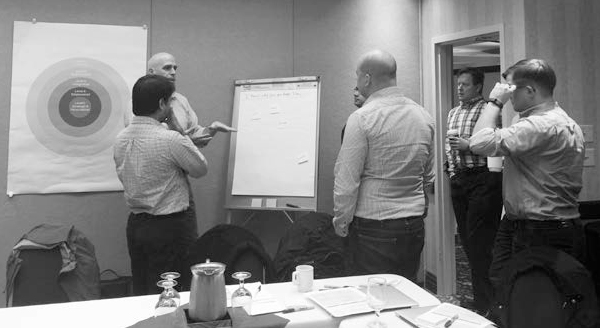
Figure 4.9: A group collaborates to assess content maturity.
Brand and Reputation
This area focuses on the broader perceptions that customers and potential customers have about your company and its reputation. When you have a realistic understanding of those perceptions, you can develop a content strategy that sustains or changes the perceptions. GE, for example, has credited the significant improvement in perceptions of its reputation in 2015 to its content efforts.6
Your marketing leadership might already have a system in place to track these perceptions. If not, then you can conduct a survey or poll as well as mine your voice of customer and social listening data.
Technology Trends and Business Dynamics
As the words “technology trends and business dynamics” imply, what you consider here will change as technology and business trends evolve. For the near future, you will want to consider how advances in technology, such as machine learning and artificial intelligence, can realistically help you. Content or business ambitions that might have seemed out of reach in the past, such as personalization and automation, are much more feasible now.
Content Landscape
The content landscape is other sources of content that your customers use or are exposed to in the course of their journeys. These content sources might be your business competitors, or they might not be. For example, the online retailer mentioned previously created thought leadership about niche health conditions and topics such as plantar fasciitis and heel pain. The retailer’s competition for this content was not other retailers but other sources of health content, such as WebMD, Cleveland Clinic, Sharecare, and Mayo Clinic. Identify the potential content sources that your customers are likely to encounter in their journeys.
You’ll learn more about understanding and using insights about the content landscape in the next chapter, “Play to Win.”
Promising Tools
In this chapter, I have mentioned a few tools that can help you analyze your content, customers, and context. A number of other tools can help you conduct analysis and establish a system of ongoing intelligence. You can find a complete list of these tools in Section V. Additionally, we maintain a list of these tools at content-science.com.
With a thorough analysis of your current state complete, you are ready to put together a strategy and a set of plans to change your current state into your desired future state. Let’s start making your company’s content vision a reality.
References
1 “Content Operations and Leadership Study: Full Report,” https://content-science.com/professional-services/capabilities/content-operations-study/
2 “Are Deluded People More Fun? Barking Up the Wrong Tree,” www.bakadesuyo.com/2012/07/are-deluded-people-more-fun/
3 “Intel Addresses Modern Marketing Challenges through Digital Governance,” Content Science Review https://review.content-science.com/2016/10/intel-addresses-modern-marketing-challenges-through-digital-governance/
4 “How to Do a Content Audit in a Few Hours,” Content Marketing Institute http://contentmarketinginstitute.com/2018/02/content-audit-hours/
5 “Qualitative Research Guidelines Project,” Robert Wood Johnson Foundation www.qualres.org/
6 “How GE’s Katrina Craigwell Uses Marketing to Build Positive Experiences,” American Marketing Association www.ama.org/publications/MarketingNews/Pages/shes-blinding-them-with-science.aspx